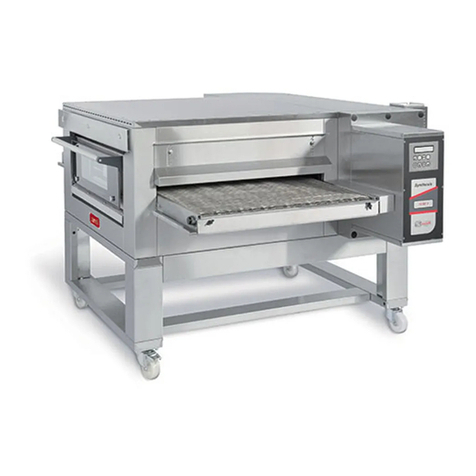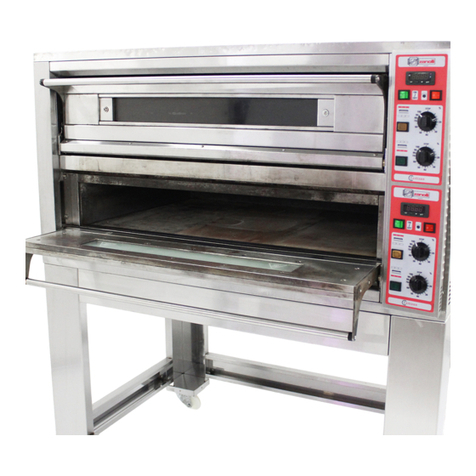IDEX
SYNTHESIS E 3
INDEX
1. INTRODUCTION...................................................................................5
2. HOW TO USE THIS MANUAL..............................................................6
3. TECHNICAL SPECIFICATIONS...........................................................8
3.1. Identifying the product...............................................................8
3.2. Directives compliance................................................................8
3.3. Foreseen range of use................................................................8
3.4. Technical Specifications............................................................8
4. INSTALLATION ....................................................................................9
4.1. Checking on delivery..................................................................9
4.2. Choosing a place for installation...............................................9
4.3. Moving the unit .........................................................................10
4.4. Positionig the unit on its base.................................................11
4.5. Positioning stacked units.........................................................11
4.6. Electrical connection................................................................11
4.7. Exhaust produced by combustion ..........................................12
4.8. Checking before starting work.................................................13
5. OPERATION.......................................................................................14
5.1. Control panel.............................................................................14
5.2. Functional states of the system...............................................15
5.2.1. Inactive state........................................................................15
5.2.2. State of activity ....................................................................15
5.3. Settings......................................................................................16
5.3.1. Setting the current time........................................................16
5.4. Programming ............................................................................17
5.4.1. Cooking programs................................................................17
5.4.2. Cooking time adjustment .....................................................18
5.4.3. Temperature adjustment......................................................18
5.4.4. Top and bottom power adjustment.......................................18
5.4.5. Economy Fuction.................................................................20
5.4.6. Programming switching on...................................................21
5.6. Alarms .......................................................................................22
5.6.1. “OVER 1” .............................................................................22
5.6.2. “OVER 2” .............................................................................22
5.6.3. “OVER” ................................................................................23
5.6.4. “BELT” .................................................................................23
5.6.5. “BATTERY”..........................................................................23
6.1. Preparation for use and before turning...................................24
6.1.1. Ignition Control Panel...........................................................24
6.1.2. Settings and start cooking....................................................24
6.1.3. How to turn off the oven.......................................................24
7. SAFETY WARNINGS..........................................................................25
7.1. Prohibited actions and obligations towards the prevention of
accidents..............................................................................................25





























